Discover 10 hidden attractions, cool sights, and unusual things to do in Gangelt (Germany). Don't miss out on these must-see attractions: Church of St. Nicholas, Burgturm im Burgareal, and Stadtmauer. Also, be sure to include Bruchtor in your itinerary.
Below, you can find the list of the most amazing places you should visit in Gangelt (North Rhine-Westphalia).
Table of Contents
Church of St. Nicholas
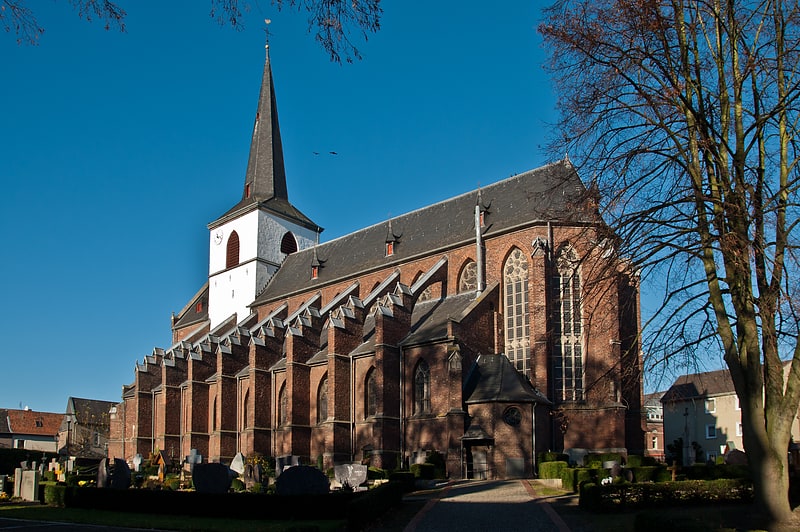
Church
Burgturm im Burgareal
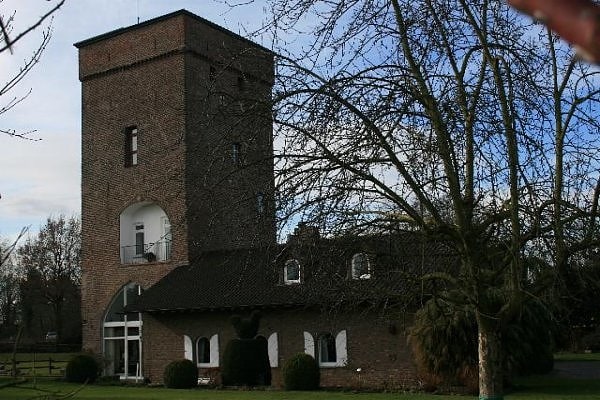
Forts and castles
Address: Haus im Bongert, Gangelt
Stadtmauer
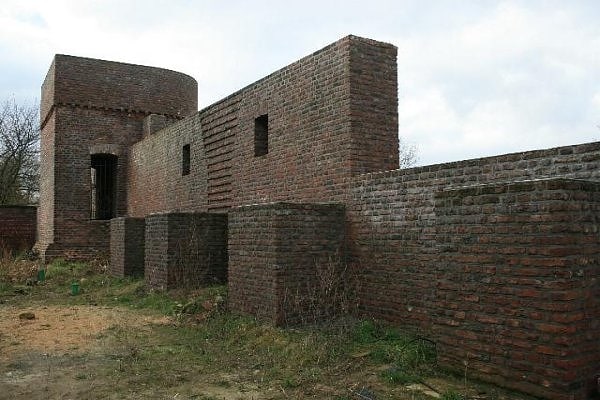
City wall
Bruchtor
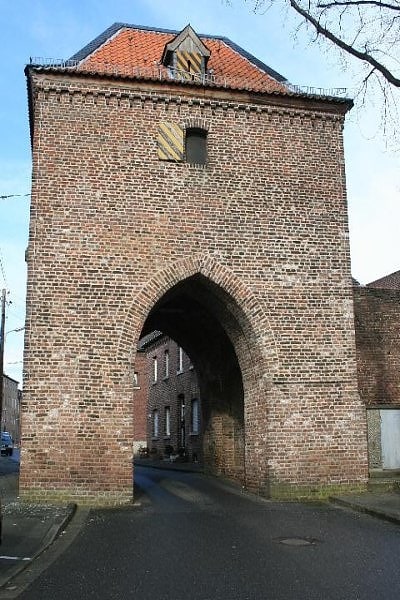
City gate
Backsteinwohnhaus
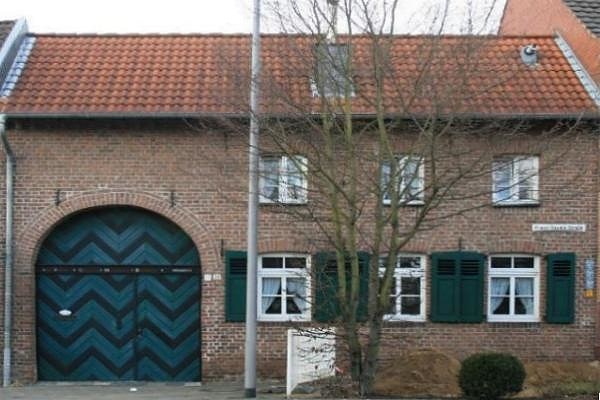
Address: 30 Franz-Savels-Straße, Gangelt
Wayside cross
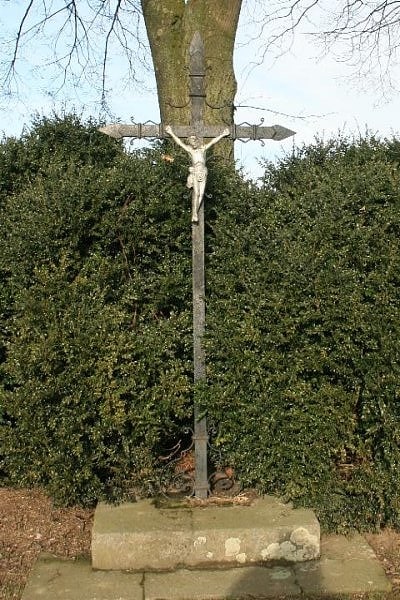
Also known as: Wegekreuz
The list of monuments in Gangelt contains the listed buildings on the territory of the municipality of Gangelt in the district of Heinsberg in North Rhine-Westphalia. These monuments are included in the list of monuments of the municipality of Gangelt; the basis for the inclusion is the Monument Protection Act of North Rhine-Westphalia.
Heinsberger Tor
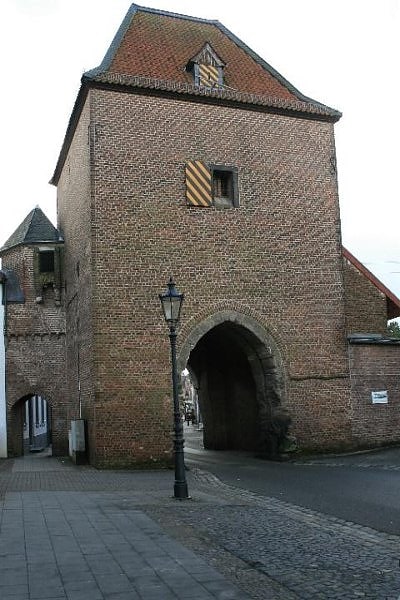
City gate
Backsteinhaus

Address: 14 Heinsberger Straße, Gangelt
Powder Tower
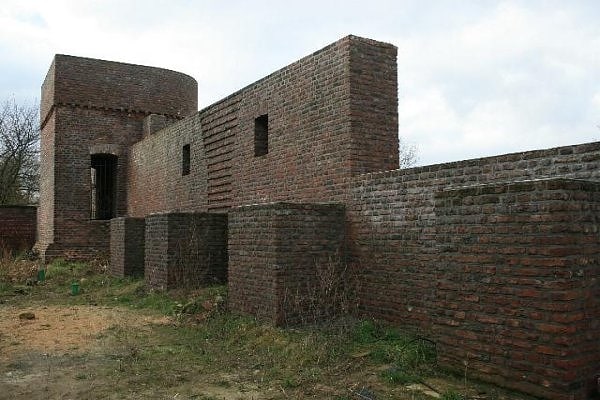
Also known as: Pulverturm
Gerardus Mercator

Also known as: Gerhard Mercator
Gerardus Mercator was a 16th-century geographer, cosmographer and cartographer from the County of Flanders. He is most renowned for creating the 1569 world map based on a new projection which represented sailing courses of constant bearing as straight lines—an innovation that is still employed in nautical charts.
Mercator was a highly influential pioneer in the history of cartography. Along with Gemma Frisius and Abraham Ortelius, he is generally considered one of the founders of the Netherlandish school of cartography and geography. He is also widely considered the most notable figure of the school. In his own day, he was a notable maker of globes and scientific instruments. In addition, he had interests in theology, philosophy, history, mathematics and geomagnetism. He was also an accomplished engraver and calligrapher. Unlike other great scholars of the age, he travelled little and his knowledge of geography came from his library of over a thousand books and maps, from his visitors and from his vast correspondence (in six languages) with other scholars, statesmen, travellers, merchants and seamen. Mercator's early maps were in large formats suitable for wall mounting but in the second half of his life, he produced over 100 new regional maps in a smaller format suitable for binding into his Atlas of 1595. This was the first appearance of the word Atlas in reference to a book of maps. However, Mercator used it as a neologism for a treatise (Cosmologia) on the creation, history and description of the universe, not simply a collection of maps. He chose the word as a commemoration of the Titan Atlas, "King of Mauretania", whom he considered to be the first great geographer.
A large part of Mercator's income came from sales of terrestrial and celestial globes. For sixty years they were considered the finest in the world, and were sold in such numbers that there are many surviving examples. This was a substantial enterprise involving the manufacture of the spheres, printing the gores, building substantial stands, packing and distributing them all over Europe. He was also renowned for his scientific instruments, particularly his astrolabes and astronomical rings used to study the geometry of astronomy and astrology.
Mercator wrote on geography, philosophy, chronology and theology. All of the wall maps were engraved with copious text on the region concerned. As an example, the famous world map of 1569 is inscribed with over five thousand words in fifteen legends. The 1595 Atlas has about 120 pages of maps and illustrated title pages, but a greater number of pages are devoted to his account of the creation of the universe and descriptions of all the countries portrayed. His table of chronology ran to some 400 pages fixing the dates (from the time of creation) of earthly dynasties, major political and military events, volcanic eruptions, earthquakes and eclipses. He also wrote on the gospels and the Old Testament.
Mercator was a devout Christian born into a Catholic family at a time when Martin Luther's Protestantism was gaining ground. He never declared himself as a Lutheran but was clearly sympathetic, and he was accused of heresy by Catholic authorities; after six months in prison he was released unscathed. This period of persecution is probably the major factor in his move from Catholic Leuven (Louvain) to a more tolerant Duisburg, in the Holy Roman Empire, where he lived for the last thirty years of his life. Walter Ghim, Mercator's friend and first biographer, describes him as sober in his behaviour, yet cheerful and witty in company, and never more happy than in debate with other scholars. Above all he was pious and studious until his dying days.[1]